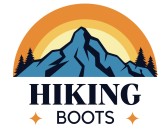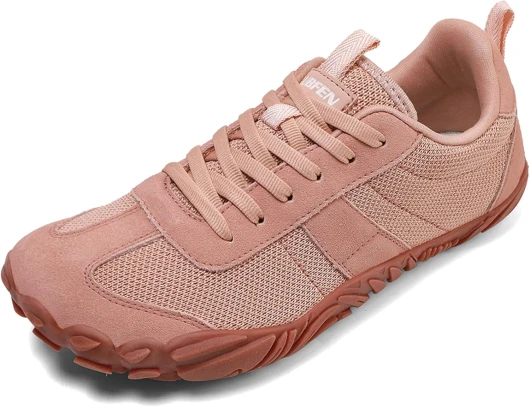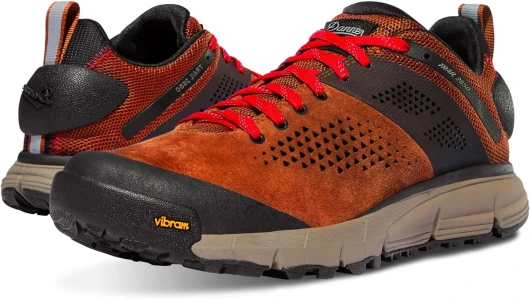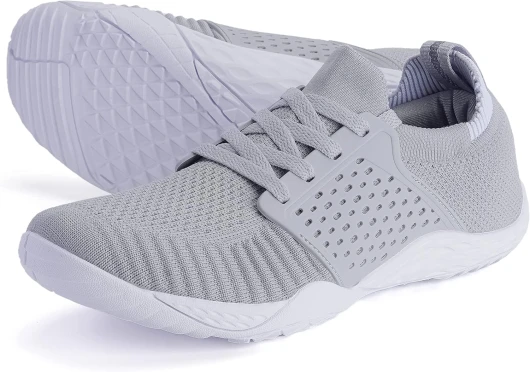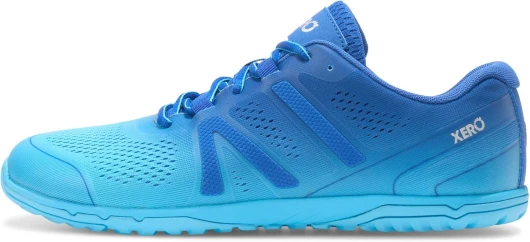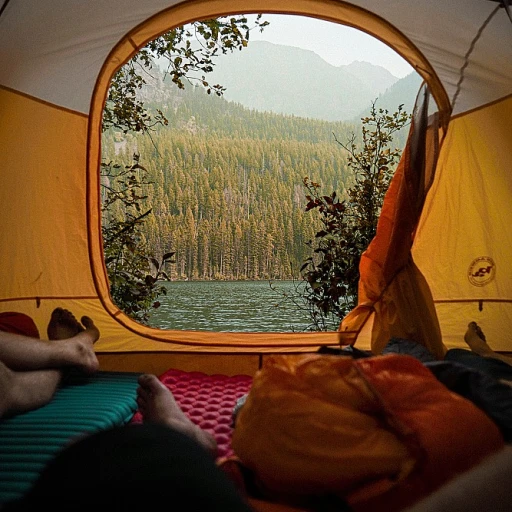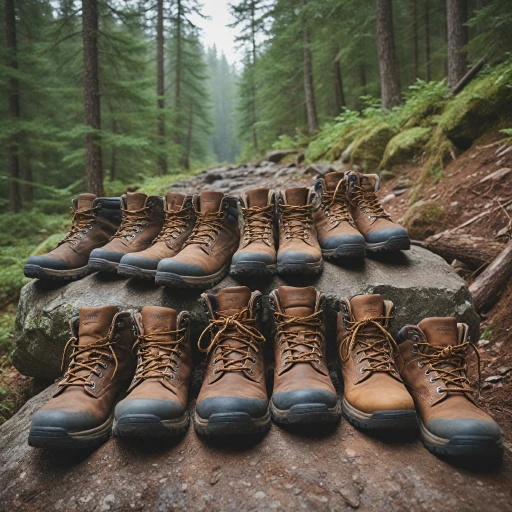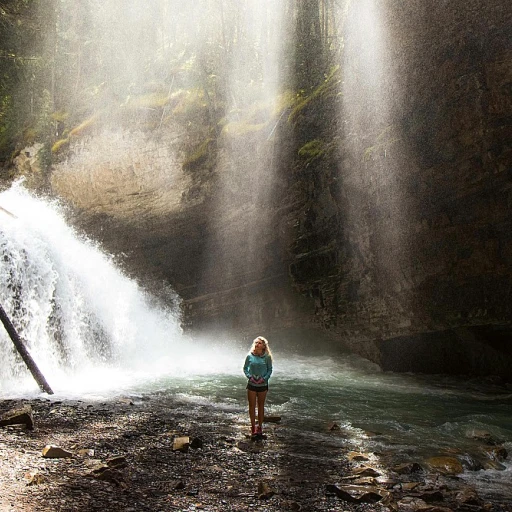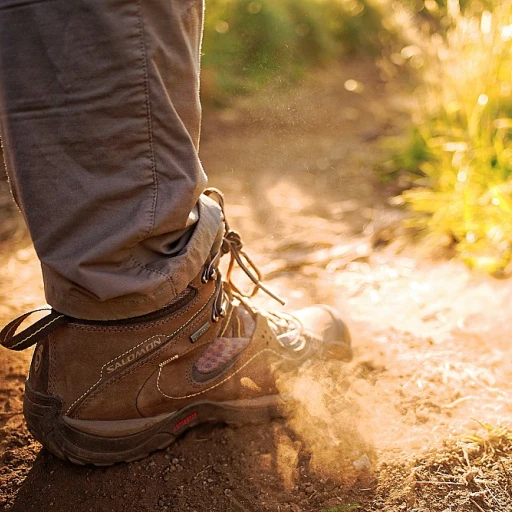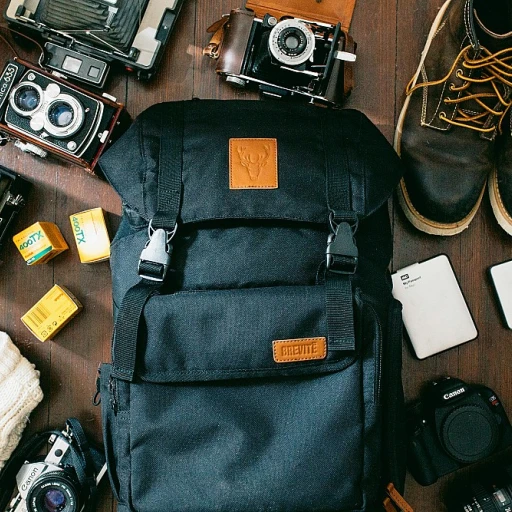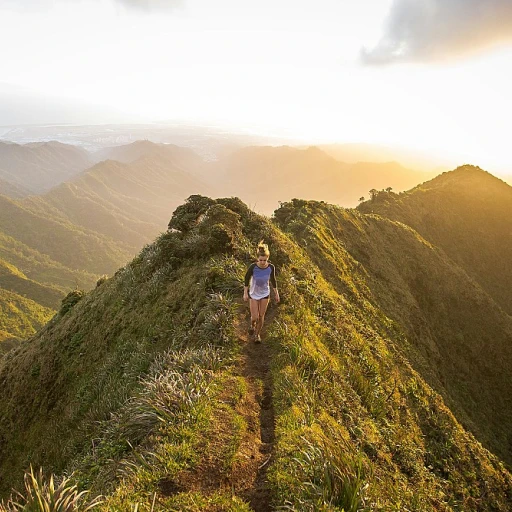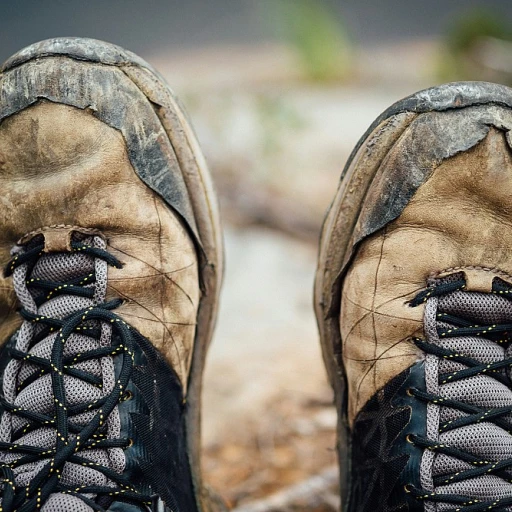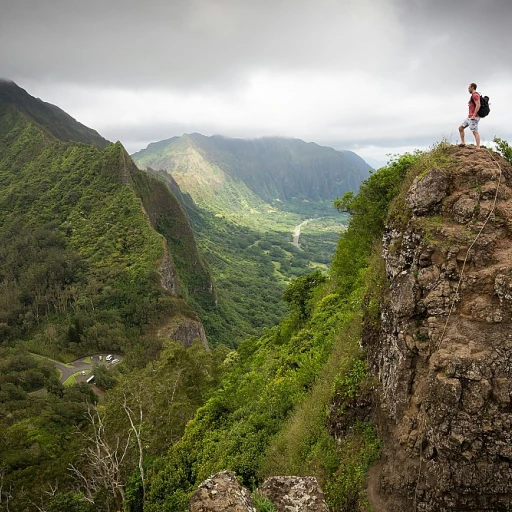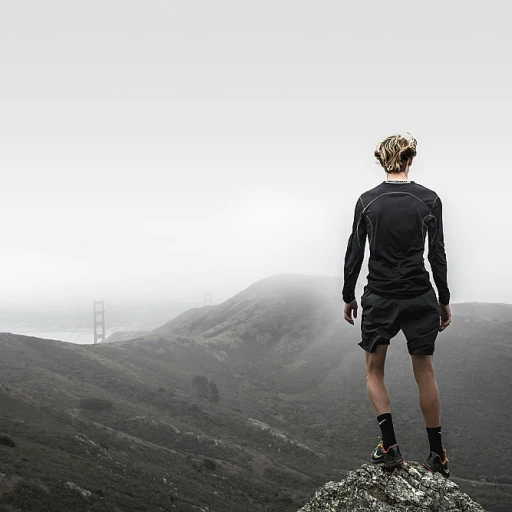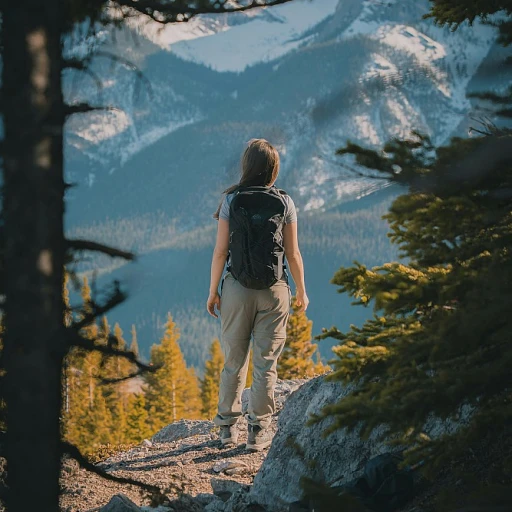
Understanding Minimalist Footwear
Unveiling the Concept of Minimalist Footwear
In recent years, there has been a growing interest in minimalist footwear, especially among men who engage in hiking. The essence of minimalist footwear lies in its design, which aims to mimic the natural shape and movement of the human foot. This generally translates to shoes and boots with a thin sole, wide toe box, and flexible material that allows your feet to move more naturally on rugged terrains.
Minimalist footwear, also commonly known as barefoot shoes, encourages a style of walking or running that supposedly aligns more closely with our evolutionary foot structure. These shoes often offer minimal cushioning, providing a feeling akin to being barefoot while still offering protection akin to regular boots.
The prime advantage lies in their lightweight nature. Unlike traditional hiking boots, which can sometimes feel cumbersome with features like reinforced ankle support and heavy rubber soles, minimalist boots or shoes deliver simplicity. They are easy to pack, aesthetically versatile (with options ranging from classic black to earthy brown), and typically available at various price points to suit your budget, from affordable sale prices to upscale selections.
With a market that spans routine footwear to specialized gear like Primus Lite and Chelsea boots, there is considerable versatility in style and function. Notably, many brands offer barefoot boots tailored for diverse weather conditions, including water-resistant variants for winter hikes. Additionally, some brands provide appealing incentives such as free shipping or usd sale discounts, making these products an attractive investment for outdoor enthusiasts.
For those curious about delving deeper into the minimalist footwear landscape, you might find it beneficial to explore the world of Angry Monkey hiking shoes, a brand that reflects this minimalist ethos vividly.
Benefits of Barefoot Boots for Hiking
Why Men are Falling for Barefoot Hiking Boots
Minimalist footwear, particularly barefoot boots, is gaining attention for its suitability in hiking. Men who enjoy taking challenging trails find these boots beneficial for their feet and overall hiking experience. Here’s why:- Enhanced Sensory Feedback: Barefoot boots often feature thin soles, allowing for better ground feel and proprioception. Hikers can navigate trails more efficiently by feeling the terrain.
- Promotion of Natural Foot Movement: These boots encourage a more natural alignment of the feet and body. The design facilitates a walking style akin to being barefoot, which may enhance comfort and reduce the chance of certain injuries.
- Spacious Toe Box: Men who struggle with standard-sized footwear often appreciate the wide toe box that most barefoot shoes offer. This extra room prevents the toes from being cramped, accommodating men with broader feet more comfortably.
- Lightweight and Versatile: Barefoot boots tend to be less cumbersome compared to regular hiking boots. Their lightweight nature makes them versatile for various terrains and conditions, including challenging winter trails.
- Sustainable Practices: Many brands focus on creating environmentally friendly products, appealing to hikers who value sustainability. Look for boots that are made from natural materials or offer water-resistant properties to enhance hiking in different climates.
Challenges and Considerations
Overcoming the Hurdles of Minimalist Hiking Footwear
While the allure of barefoot boots and shoes may be strong, it is essential for those considering the switch from traditional hiking boots to be aware of potential challenges. One of the most common adjustments needed is retraining your muscles and feet to adapt to a more natural shoe that offers less cushioning and support compared to regular hiking footwear. This transition is crucial to avoid any potential injuries, as barefoot shoes rely heavily on the strength and flexibility of your feet and ankles.
For men who have spent years hiking in more conventional boots, the change in feel can be quite striking. Simply put, your feet may not be used to the freedom and range of motion offered by barefoot boots, such as the wide toe box or a minimalist sole. As a result, many hikers experience initial discomfort or fatigue in their feet. Moreover, the thin sole may not provide the same protection against elements like sharp rocks or cold winter conditions.
Pricing is another consideration. Barefoot boots come with a unit price that can be higher than traditional options. The high price tag of brands offering specialized features like water resistance or increased toe protection might be a concern for budget-conscious hikers looking out for cheaper alternatives in the regular price or sale price categories. However, one should also consider the potential savings from their durability and need for fewer replacements over time.
The availability of different styles, such as barefoot sneakers or the classic ankle boots in black or brown, offers variety. Still, not all styles offer the same level of comfort or functionality. Thus, those transitioning need to experiment with various options, keeping an eye on any free shipping offers or sales available.
Despite these challenges, integrating minimalist footwear into regular hiking activities can be rewarding. Many men who have embraced this footwear testify to a more profound connection with the trail and a greater appreciation for flexibility and freedom that barefoot boots provide. With patience and careful selection, one can find winter boots or water-resistant pairs that not only meet their hiking needs but also fit within their budget, especially when observing price differences between brands.
Choosing the Right Barefoot Boots
Key Features to Look for in Your Shoes
When it comes to stepping onto the trend of minimalist footwear for hiking, selecting the right pair of barefoot boots is crucial. Men's barefoot shoes should embody the concept of allowing your feet to move naturally, offering that genuine connection to the ground.- Sole Design: Opt for boots with thin soles that maintain the natural feel and flexibility. Primus Lite models, for instance, are popular because they enhance sensory feedback while retaining durability.
- Toe Box Width: Look for a wide toe box to accommodate natural foot splay and prevent discomfort. Some barefoot sneakers and chelsea boots offer these features, supporting your foot's natural structure.
- Material and Weight: Lightweight and water resistant features ensure comfort and essential protection against the elements. Whether it’s winter boots or regular hiking moments, consider options like boots in black or brown to suit your needs.
- Price Range: Prices vary, from budget-friendly under a regular price to options with usd sale pricing, especially during promotions. Check free shipping or quick view offers that might sweeten the deal.
Other Noteworthy Considerations
When evaluating barefoot footwear, consider the charm of style flexibility. Ankle boots and versatile barefoot shoes men can transition from trail to urban settings, offering additional value. Remember, while integrating barefoot boots into your hiking routine might have an initial adjustment phase, the long-term benefits of walking with natural form and reduced constraints are worthwhile. Explore sale price options or units with features like wide toe design and various color options, ensuring the best match for your hiking adventure.Real-Life Experiences from Hikers
Testimonials from the Barefoot Hiking Community
Real-life experiences provide invaluable insights into the world of barefoot hiking. Many men who have embraced minimalist footwear share their journeys, shedding light on both benefits and challenges. Here's what they are saying:- Transition Phase: Initially, adapting to barefoot boots can be daunting as feet, accustomed to regular shoes, adjust to less support. It's common to experience muscle soreness around the toe area, but this typically subsides as feet strengthen.
- Ground Feel and Connection: Hikers often appreciate the enhanced ground feel that barefoot shoes offer. This natural connection to the terrain provides a unique sense of proprioception, essential for balance and agility during treks.
- Weather Considerations: While barefoot footwear shines during warmer months, winter hikes may prove challenging if the boots lack adequate insulation. However, certain types of winter boots designed for barefoot men are water-resistant while still maintaining minimal bulk.
- Durability Over Time: Men note that although the initial price of barefoot sneakers can be higher than regular hiking boots, these shoes often outlast their traditional counterparts. The wide toe box design found in models like Primus Lite frequently earns praise for its long-lasting comfort and durability.
- Economic Perspective: When looking at potential sales, some hikers consider the savings through lower unit prices compared to regular price shoes. Many brands also offer promotions, such as USD sales or free shipping, which can further reduce the cost.
